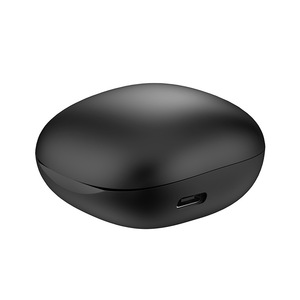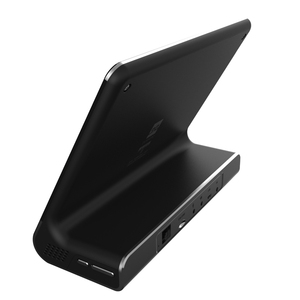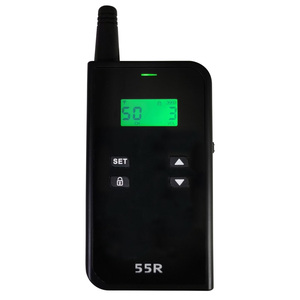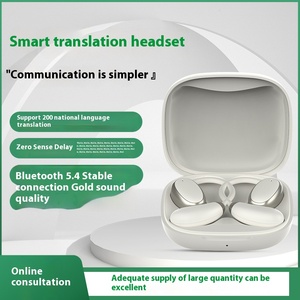(3415 products available)








































 Ready to Ship
Ready to Ship




































































































































































































A simultaneous translator is a device that can translate languages in real-time. It is also known as an interpreter. It is a portable device that is used to translate two people speaking different languages. This type of device can be used for business meetings, conferences, and one-on-one conversations. A simultaneous translator can be used to translate between two different languages, and it is often used for business meetings and conferences. It is a device that is used to translate two people speaking different languages. A simultaneous translator can be used to translate between two different languages, and it is often used for business meetings and conferences. It is a device that is used to translate two people speaking different languages.
A simultaneous translator works by using speech recognition technology to translate spoken words into text. The text is then translated into the desired language and displayed on the device’s screen. The device is usually equipped with a microphone and speaker to facilitate two-way communication. Simultaneous translators are designed to be user-friendly, allowing for seamless and efficient communication between individuals who speak different languages. These translators can also be used to translate written text, such as documents and emails, and some models offer additional features, such as the ability to store and recall previous translations. A consecutive translation is a type of translation that is performed after the speaker has finished speaking. It is often used in courtrooms, conferences, and other formal settings. A consecutive translation can be performed by a professional interpreter or using a simultaneous translator. A simultaneous interpretation is a type of interpretation that is done in real-time. It is often used in conferences, business meetings, and other settings where people need to communicate across languages. A simultaneous interpretation is a type of interpretation that is done in real-time. It is often used in conferences, business meetings, and other settings where people need to communicate across languages.
The main difference between simultaneous and consecutive translation is the timing of the interpretation. A simultaneous translator translates the spoken words in real-time, while a consecutive translator waits for the speaker to finish before translating. This can lead to a faster and more efficient communication process. Additionally, simultaneous translators are often used in settings where immediate communication is needed, such as in business meetings or conferences, while consecutive translators are more common in one-on-one or small group settings. Both simultaneous and consecutive translation have their advantages and are used in different settings depending on the specific communication needs. A interpretation simultaneous and consecutive is when a translator is able to interpret both types of translation. This can be beneficial in situations where both real-time and after-the-fact translation are needed.